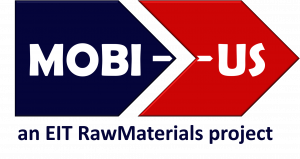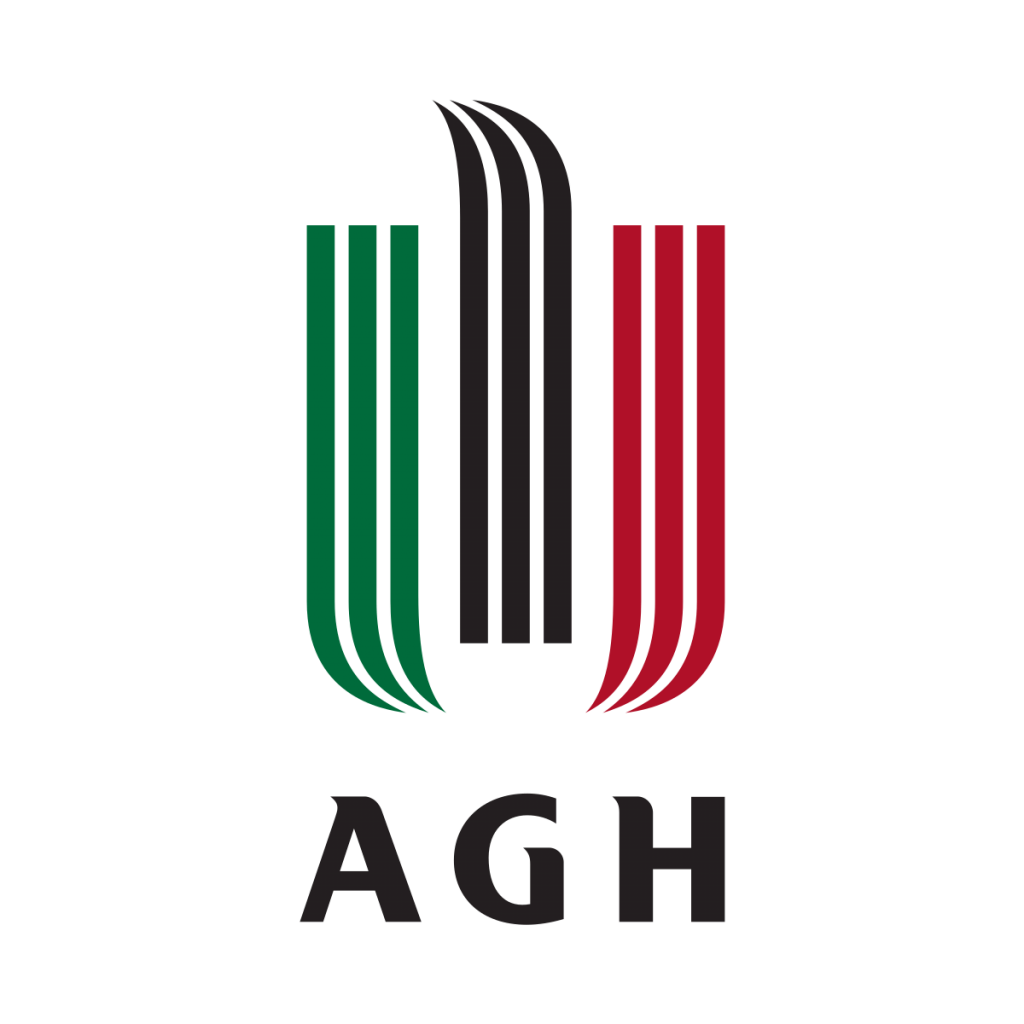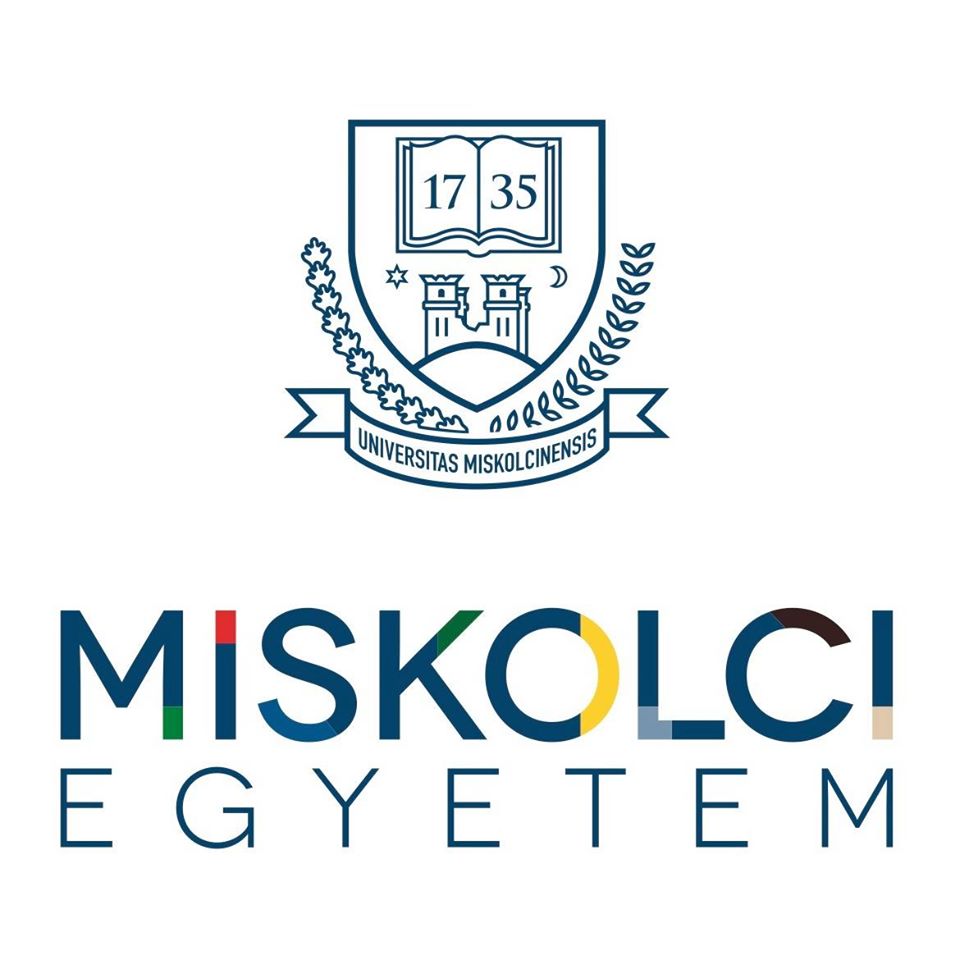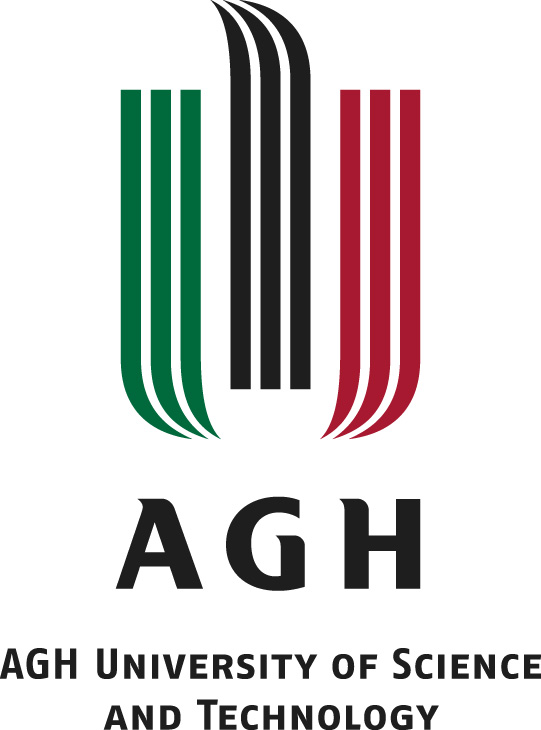
Pathway 3


APPLIED GEOPHYSICS, EARTH SCIENCES ENGINEERING
This pathway offers mobility for students of the Applied Geophysics & Economic Geology MSc of AGH University of Science and Technology to spend one semester at the University of Miskolc, following the Earth Science Engineering MSc program. During the winter semester, courses of the first and third semester are running in Miskolc, offering a wider set of courses that can be transferred to the curricula of the Applied Geophysics & Economic Geology MSc. Students from the AGH can use the mobility in their second (winter) semester at Miskolc according to the following scheme
CONTACT
Dr. Ferenc Mádai:

1st - summer [ECTS]
Geoelectrical methods in structural deposit research [5]
Modelling in geophysics [5]
Application of Pyhton programming in Earth sciences [3]
Diploma training [2]
Processing seismic data [5]
Structural imaging [3]
Law in mining and geology [2]
Advanced statistical methods [5]
[30]

3rd - summer [ECTS]
Comprehensive interpretation of geophysical data [3]
Elective modules block - Applied geophysics [2]
Geophysical monitoring
Reservoir geophysics
Elective modules block - The subject of foreign language [2]
Economic aspects of geophysical research
Geological interpretation of geophysical measurement
Diploma seminar [1]
MSc Thesis [20]
[28]

Course descriptions of the mobility semester
In-field seismic techniques and interpretation
- Objectives: Based on the lectures delivered in the course titled: “Exploration Seismic Techniques and Interpretation” advanced geophysical methods are also illustrated in relation to the application of reservoir geophysics to field development and reservoir management: 3-D/4-D seismic, share waves and 3 component (3-C) data recording and data processing, 3-D visualization, amplitude studies, AVO, and elastic inversion. The petroleum production significance associated with each seismic data set evaluated is emphasized.
- Course content: Introduction to reservoir geophysics. Practical role of surface geophysical methods in oil and gas reservoirs exploration, development, and production. The life cycle of the reservoir in O&G industry, the main aspects of economic decision-making, the role of geotechnical information in decision-making. Geophysical information to the field development plan, the static reservoir models. Structural uncertainty, velocity modelling, depth conversion. DHI analysis. Mapping of facies and characteristics, seismic inversion. Pressure and saturation monitoring, 4-D seismic method.
- Competencies to evolve:
-Knowledge of exploration methods of oil and natural gas resources.
-Knowledge of exploitation methods of oil and natural gas resources.
-Ability to understand the laws and connections and to apply the acquired knowledge
-Ability to analyze the geological and geophysical conditions of hydrocarbon reservoirs, to prepare exploration and technical operation plans, to perform the exploration work technically and to control that, to prepare and review (final) reports.
-Ability to participate in solving geological and geophysical problems arising in hydrocarbon mining (planning, investment, maintenance, abandonment), and to analyze the possible solutions for the above purposes.
-Ability to process the exploration and production data, and to organize the data to Geographical Information Systems data bases.
-Ability to participate in PhD programs in case of fulfillment of law or regulations determined by the institution.
-Intuition, systematism, learning skill.
-Demand for continual renewal of technical skills.
Geoelectric College
- Objectives: System of electrical and electromagnetic geophysical methods. Physical basics of direct current (DC) geoelectric methods. Solution of the Laplace equation in layered homogeneous isotropic half space. The geological information content and calculation of the kernel function. Hankel and the Inverse Hankel transformation. Physical basics of alternating current (AC) electromagnetic methods. Derivation of telegraph and wave equations. Information content of the wave number. Wavelength, penetration depth and propagation speed of electromagnetic waves. Characterization of dielectric, lossy and good conducting media. The zones formed around the electric and magnetic dipoles and the phase surfaces of the electromagnetic fields in the various zones. Electromagnetic field calculation of the horizontal electric dipole source in inhomogeneous anisotropic media. Electromagnetic field calculation of the vertical magnetic dipole source in inhomogeneous anisotropic media. Presentation of reports.
- Course content:
System of electrical and electromagnetic geophysical methods.
Physical basics of direct current (DC) geoelectric methods. Solution of the Laplace equation in a layered homogeneous isotropic half space.
The geological information content and calculation of the kernel function.
The Hankel and the Inverse Hankel transformation.
Physical basics of alternating current (AC) electromagnetic methods.
Derivation of telegraph and wave equations.
Information content of the wave number.
Wavelength, penetration depth and propagation speed of electromagnetic waves.
Characterization of dielectric, lossy and good conducting media.
The zones formed around the electric and magnetic dipoles and the phase surfaces of the electromagnetic fields in the various zones.
Electromagnetic field calculation of the horizontal electric dipole source in inhomogeneous anisotropic media.
Electromagnetic field calculation of the vertical magnetic dipole source in inhomogeneous anisotropic media.
Presentation of reports and semester closing.
Introduction to petrophysics
- Objectives: The topic provides rock physical basis for petroleum applications and the theory and practice of wireline logging measurements.
- Course content: Petrophysical properties of rocks. Electromagnetic, seismic, acoustic wave propagation in rocks. Rock mechanical studies, velocity versus pressure relationships. Rock physical models (Hooke, Kelvin-Voight, combined models). The borehole and its environment. Petrophysical modelling of formations. Physical principles of well-logging methods. Open-hole wireline logging methods: lithologic (natural gamma ray intensity, spectral gamma ray, spontaneous potential), porosity (neutron-neutron, gamma-gamma, acoustic) and saturation (laterolog and induction-based resistivity) logs. Corrections of open-hole logs for rock composition, fluid content, shaliness. The nuclear magnetic resonance log, EM wave propagation logging. Resistivity and acoustic methods for borehole imaging. Open-hole technical measurements. Production well-logging measurements in cased holes. Field studies and applications.
- Competencies to evolve:
-Knowledge of geological and geophysical surveying methods suitable to find oil and natural gas resources.
-Knowledge of exploration methods of oil and natural gas resources.
-Ability to understand the laws and connections and to apply the acquired knowledge.
-Ability to explore hydrocarbon-bearing geological structures in a workmanlike manner and to plan the exploitation process.
-Ability to plan the surface and well-logging geophysical investigations, to make and control measurements, to process and evaluate the measurement data, to make geological and geophysical interpretation, to review these operations.
-Intuition, systematism, learning skill.
-Demand for continual renewal of technical skills.
Geophysical exploration methods 1.
- Objectives:
Understanding the surface geophysical methods and the geophysical methods used in boreholes for the purpose that students can design and execute geophysical research and evaluate data.
The course intruduces the principal theoretical background and practical skills to plan and perform geophysical explorations for different geological environments and deposit types.
Following the theoretical part, the students are introduced to different geophysical prospecting and exploration methods in practice. - Course content:
Classification of applied geophysics methods. Gravity methods: measured quantities, basic corrections and data processing methods. Filtering gravity maps.
Evaluation of measurement data for causative bodies with simple geometries. Geological and environmental geological applications. Magnetic methods: measured quantities, basic corrections and data processing methods.
Reducing magnetic data to the pole. Evaluation of measurement data for magnetizable bodies with simple geometries. Geological and environmental geological applications. The specific resistivity of rocks, the concept of apparent resistivity. Direct current geoelectric methods. VES and multi-electrode measurement methods. Introduction of electromagnetic methods.
Induced Polarization (IP) in the time domain (TDIP) and the frequency domain (FDIP). Types of electric polarizations creating the IP signal and their geological background. Frequency domain electromagnetic methods (FDEM): MT and VLF methods, artificial source frequency sounding methods: measurement systems, zones around the transmitter, characteristics of the apparent resistivity and phase curves.
Time-domain electromagnetic methods (TDEM): transient, IP and ground radar methods. The transient EM measurement system and the zones around the transmitter. In the case of electrical and electromagnetic methods, the possibilities of controlling the depth of penetration.
The development of seismic reflected waves. The travel-time curve and its characteristic parameters. Dynamic and static corrections. The common mid-point (CMP) gather. Features of seismic (TWT) sections.
Interpretation of seismic (2D and 3D) sections. Isochronal maps. Seismic stratigraphy. Vertical and horizontal resolution. Acoustic impedance, reflection and transmission coefficients. Possibilities of detecting gas reservoirs by seismic method. The bright spot.
The development of seismic refracted waves. The travel-time curve and its characteristic parameters.
Processing and evaluation of refraction data. Near-surface applications. The relationship between the petrophysical properties of rocks and parameters measured by well logging methods.
Introduction to petrophysics. Reservoir modeling. The basics of nuclear well logging methods. Determination of lithology and porosity. Presentation of main application areas.
The basics of acoustic well logging methods. Determination of sonic porosity and permeability. Presentation of main application areas.
The basics of electric well logging methods. The relation between resistivity and water saturation. Presentation of main application areas.
Possibilities for joint processing of open-hole well logging data. Crossplot techniques. Statistical and depthby-depth inversion methods.
Principle of engineering geophysical sounding measurements. Determination of petrophysical and geotechnical properties of soils/rocks.
Computer aided well-log analyses
- Objectives: Introduction to the computer-aided management, visualization, processing and analysis of data coming from well logging operations applied in hydrocarbon exploration.
- Content: Essential characteristics of the file formats and data structures applied in well logging. Basics of the Technlog user interface. Creating and managing projects in Technlog. Data import and quality control. Management of the variables. Computation of True Vertical Depth (TVD). Interactive display of data in tables, charts, cross-plots and log views. Application of interactive selection mode. Creation, management and use of zone and markers. Depth shifting and splicing of log curves. Introduction to the workflow of deterministic well log evaluation in Techlog (the Application Workflow Interface). Quick Look Log Analysis. Conventional Log Analysis.
Global and environmental geophysics
- Objectives: Training global environmental geophysics to a level that graduated engineers can begin to work in the field of general geophysics and maintain communication with colleagues working as experts in the field of global environmental geophysics.
The course gives detailed theoretical background to understand large-scale, global geophysical processes and their investigation.
Theoretical part is complemented by individual task which the student should elaborate and present during the semester. - Content: Solar System. Zonal interior of the Sun, radiochemical transformation in it, differential rotation of the Sun, its atmosphere with processes acting on the Earth. Physical and geometrical parameters of the Sun, solar cycles. Activity of geophysical and astronomical observatories. The classification of the planets of the Solar System.
The main physical, chemical and geometrical parameters of the planets. The gravitational and magnetic field of the planets. The main features of the magnetosphere of the Earth, characterization of ionosphere. Magnetic field’s reversal. Different types of remanent magnetization. Composition of the Earth’ interior based on seismic tomography, the most significant boundaries. Visiting Kövesligethy Radó Seismological Observatory. The zonal composition of the Earth, characterization of the zones, putting emphasis on mantle convection, liquid and solid core. Radiometric dating methods, their reliability. Radioactive heat production. Heat flux map of the Earth. Hot spots, mantle plums. Viscosity, temperature, elastic waves velocity and density in the function of depth. Focal depth determination. Magnitude definitions, energy released, intensity. Focal mechanism based on first motion studies using focal spheres. Connection between plate tectonics and earthquake mechanism. Applied monitoring technologies by CTBTO for detecting nuclear explosion. Student’s .ppt presentations, questions, evaluation.
Seismic college
- Objectives: Summarization of seismic data acquisition, data processing and interpretation methods. Applications and uses of seismic methods for raw material exploration. New seismic technologies and methods.
The course gives knowledge and skills to plan and complete seismic exploration campaings and to process and interpret the seismic data. The course is essential for specialists orienteering to hydrocarbon exploration.
Practical exercises are solved by softwares widely used for seismic data processing and interpretation. - Content: Actual, up-to-date topics connected to new results and development tendencies in the field of seismic data acquisition, data processing and interpretation. Year to year selected special topics are offered to the students in the fields of raw materials’ (especially hydrocarbon) exploration, as well as of seismic technology development. This subject is also useful for the students to obtain deep insight in the topics of selected thesis work.
Intellectual property law
- Objectives: The purpose of subject is to acquaint the students with the forms of intellectual property law.
- Content: The means of effective protection of intellectual property is demonstrated in the framework of this subject. The following topics are especially highlighted:
1. The branches of protection of intellectual property and their fields.
2. The concept, subject and extent of copyright.
3. The concept and significance of voluntary register of works and the process of procedure Copyrights and their limits.
4. The professional book as a task of copyright; the cases of free adaptation.
5. The professional paper as a paper of copyright, citation and reference.
6. Linked and adjacent legitimacy and their limits in the copyright.
7. Specification of safe-keeping forms known in the industrial legal protection and the short review of their different fields.
8. The content and limits of licences and patents as the safe-keeping form of industrial legal protection.
9. The structure of description of patent. The conditions of patentability.
10. Possibilities of obtaining the EU patents.
11. The development and significance of patent data base.
12. Content and development of the utility model protection.
13. Significance and sphere of protection of trade marks. Content of classification system developed in Viena and Nice. The Community Trade Mark.
14. Extent and significance of design protection.
15. Significance of geographical indication. Method of validation and content of this form of protection. - Outcomes:
Knowledge
– Comprehension of the legislation related to their profession.
Skills
– Ability to establish and communicate a sound engineering position on materials engineering issues both in Hungarian in a foreign language.
Attitude
– Striving to bring the latest achievements of the field to own development.
– Commitment to do high-level, high quality work, and striving to communicate this attitude to coworkers.
Autonomy and responsibility
– Acting independently and taking initiative in solving professional problems.

